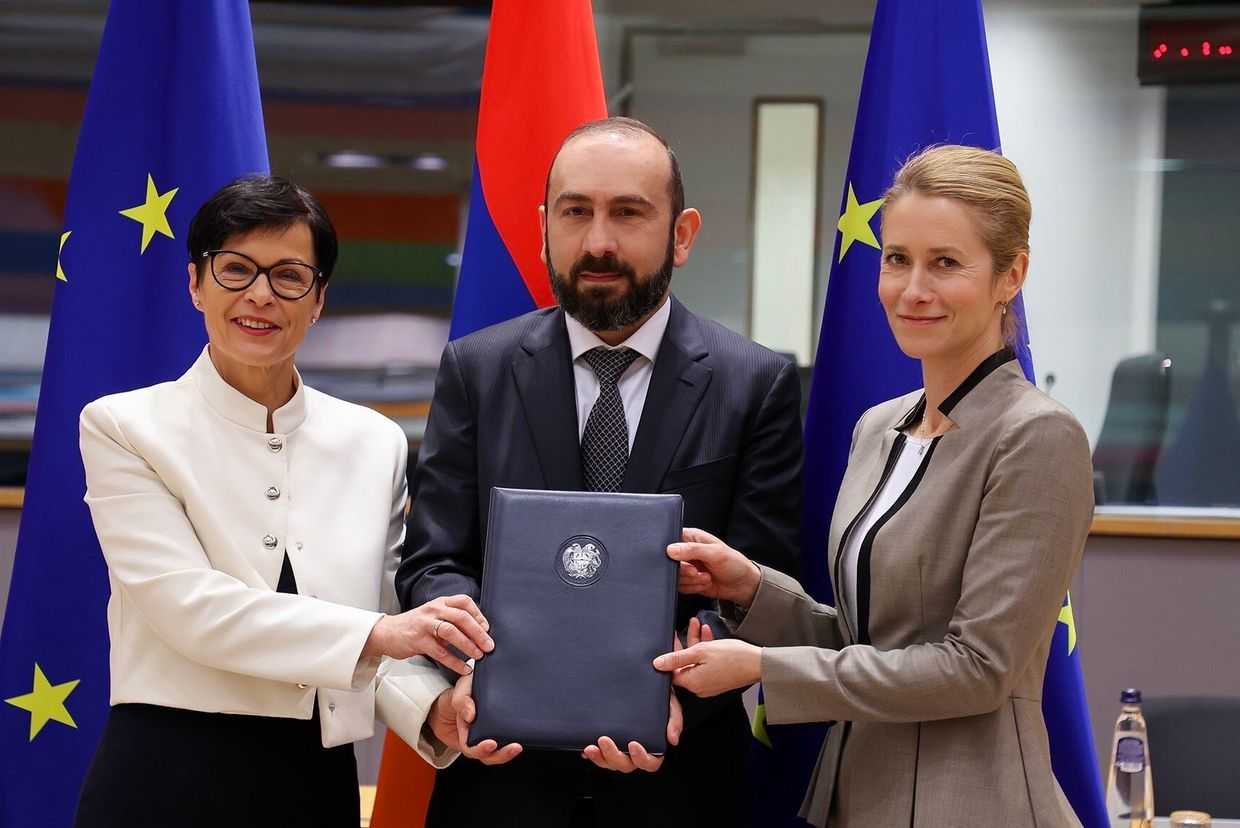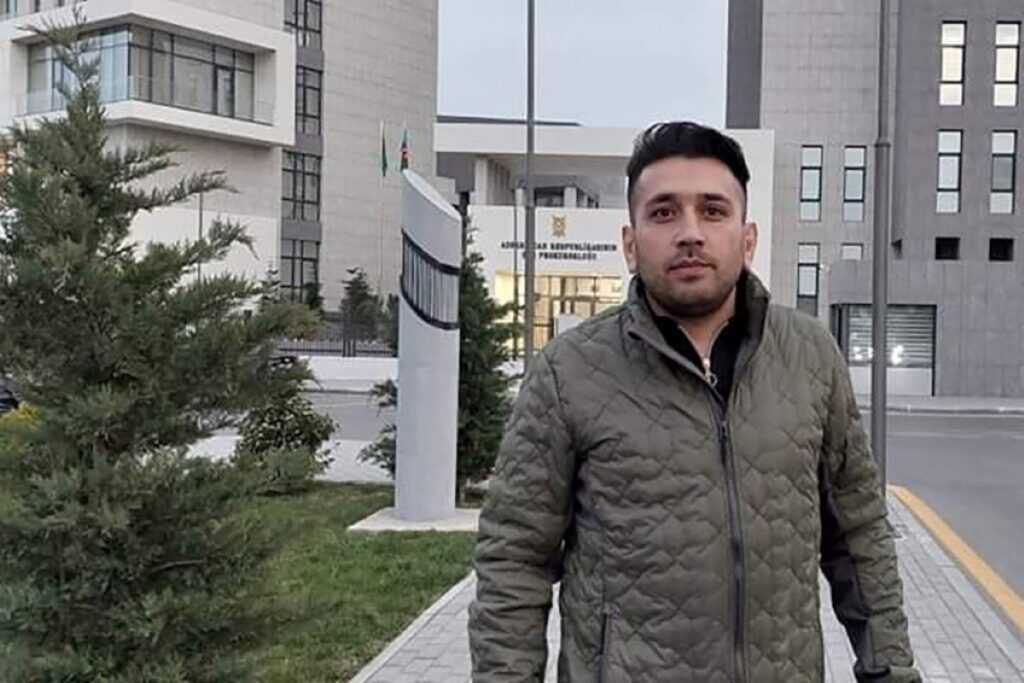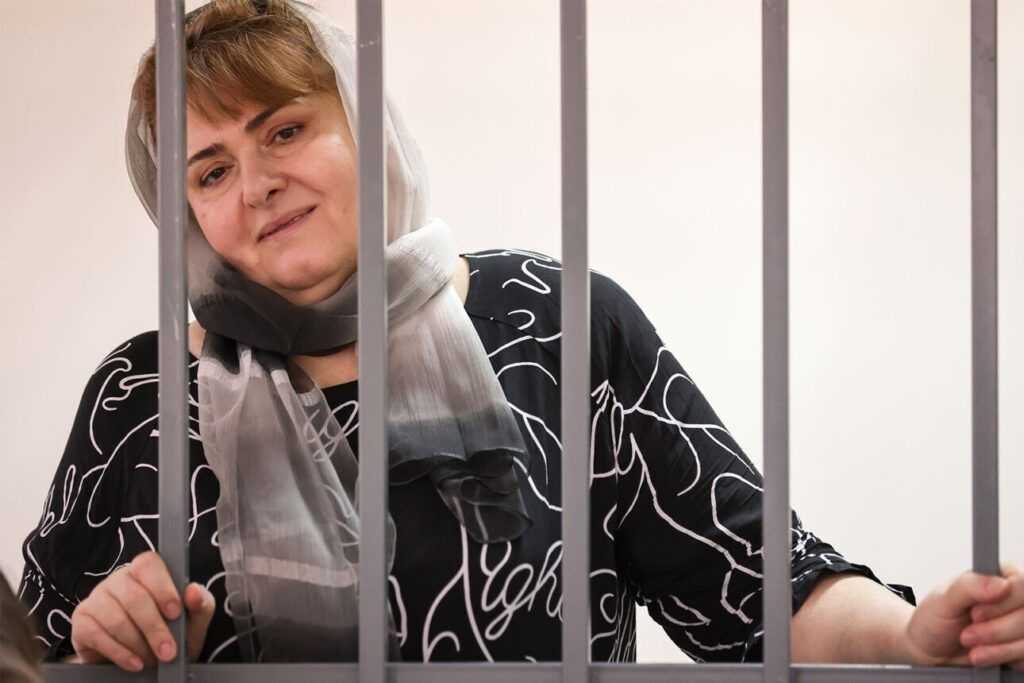
Following the surfacing of footage that purported to show the sound of shooting in the Armenian border villages with Azerbaijan, Armenia’s Defence Ministry said that ‘sometimes shots are recorded along the Armenia-Azerbaijan border which do not target’ Armenia’s territory.
The Defence Ministry also noted that in similar cases, statements are not issued regarding ceasefire violations.
There have been a number of comments and evidence posted on social media of shooting occurring near Armenian villages by the Azerbaijani border, which come on the heels of a general increase in tensions and rhetoric from Azerbaijan about alleged Armenian ceasefire violations.
The accusations began on 21 March, when various media reports claimed that Azerbaijani troops had opened fire towards Armenian positions in the Gegharkunik region the previous night.
A video filmed at night was published by News.am on Tuesday, although the exact date of the filming is unclear. It was reportedly taken in the Syunik.
CivilNet’s journalist Gevorg Tosunyan wrote on Facebook that during their filming on 24 March in Kutakan, Gegharkunik region, he and his colleagues heard shooting several times, with locals commenting that previously they had heard shooting only at night.
On the same day, residents of the Sotk and Kutakan villages confirmed to CivilNet that on 21-22 March, shooting was briefly heard at night.
The residents also stated that the presence of the EU Mission in Armenia (EUMA) plays a role in stabilising the situation, claiming that otherwise there could have been shooting aimed at specific targets. At the time, EUMA observers were patrolling in the area.
There were claims on 21 March on social media that ‘bullets were also found on the territory of Sotk mine’.
In response to all these claims, Armenia’s Defence Ministry characterised the allegations as ‘information that does not correspond to reality’.
When asked if Azerbaijan fired at Armenia in the direction of Sotk, Armenian Defence Minister Suren Papikyan said that the Ministry always issued statements on ‘all dangerous shots and violations directed at our positions and personnel’.

Peace is ‘at risk’
The latest round of cease-fire accusations began on 16 March, three days after Armenia and Azerbaijan announced that they had reached an agreement on a peace deal.
In the period leading up to 21 March, Azerbaijan accused Armenia of violating the ceasefire at least 13 times, which Armenia repeatedly denied.
In turn, the EUMA stated that from 16–17 March, its observers had patrolled ‘various locations along the [Armenia–Azerbaijan] border. The situation remains calm and quiet, with no unusual activity observed’.
In addition to this, Azerbaijani officials and pro-government media have also increasingly alleged that Armenia is rearming and preparing for a new war in April.
The tense situation was discussed by the Armenian officials in their contacts.
On Tuesday, the Prime Minister Nikol Pashinyan and the US Secretary of State Marco Rubio had a phone call. The US State Department stated that Pashinyan and Rubio ‘agreed that escalation of any form in the South Caucasus is unacceptable’.
On the same day, during a press conference following a meeting with Armenia’s Foreign Minister Ararat Mirzoyan in Yerevan, Iranian Foreign Minister Seyyed Abbas Araghchi said ‘the risk of escalation in the region exists’, and that Iran hopes that in case Armenia and Azerbaijan sign a peace treaty, ‘these risks will be minimised and we will witness the region’s stability’.
‘Yes, peace, based on what we are hearing from the Azeri side, may be at risk because of Azerbaijan’, Mirzoyan said in an interview with the Brazilian newspaper Correio Braziliense during his official visit to Brazil.
He also said that Armenia had ‘no intention, no reason, or motivation to start another war and escalate the situation’.
Asked about how the US could ‘assist in this peace process’ or what Armenia expected from the US government under President Donald Trump, Mirzoyan said, ‘We are moving forward with efforts to engage with the new American administration. We have had several meetings and interactions with our American colleagues. We see interest in peace in the South Caucasus’.
‘We are maintaining contact with the American administration to see what can be done in the South Caucasus to achieve lasting peace’, Mirzoyan said.
On Tuesday, the US State Department said that Rubio, ‘requested [Turkey]’s support for peace in Ukraine and the South Caucasus’ during his meeting with Turkish Foreign Minister Hakan Fidan.










